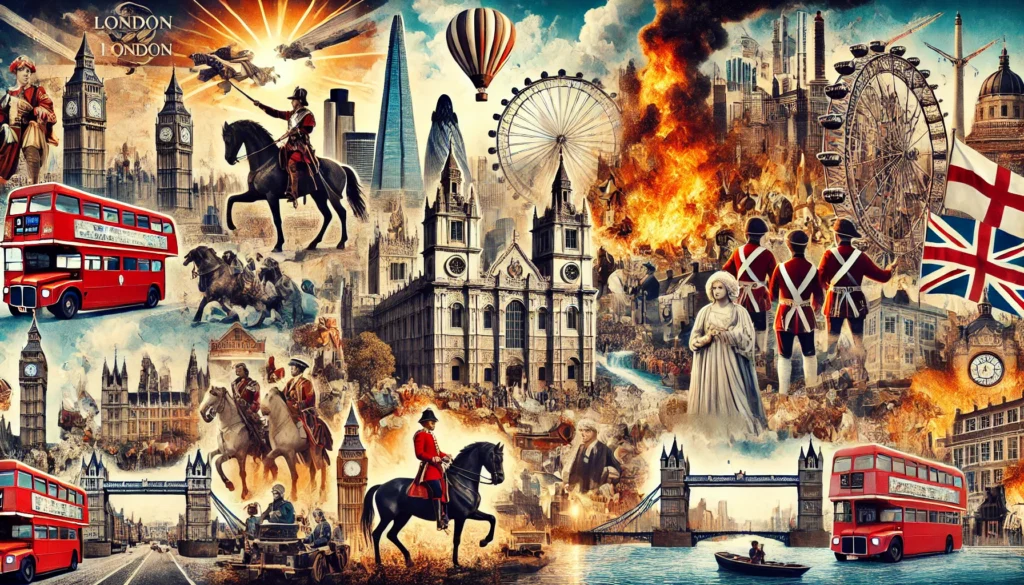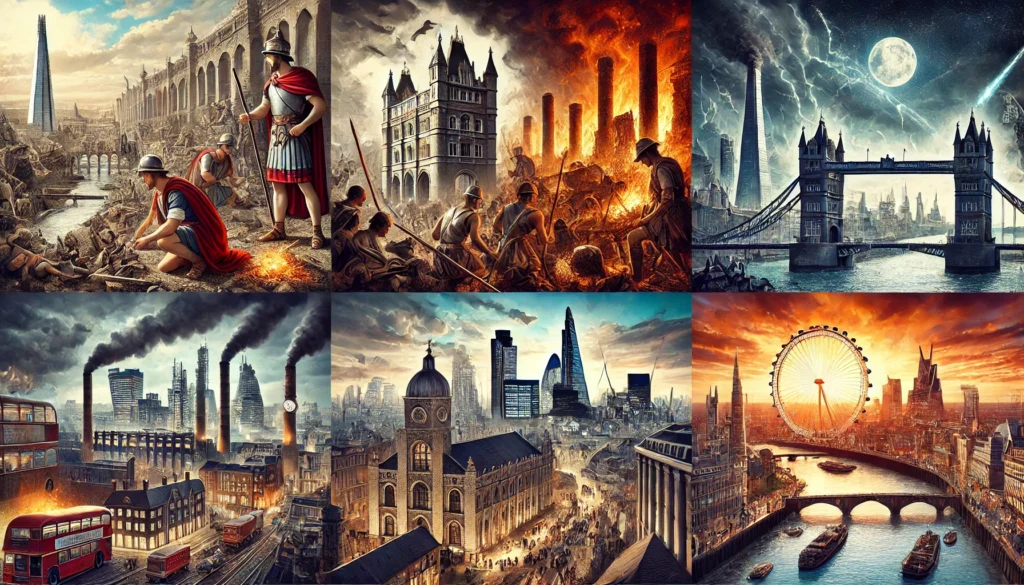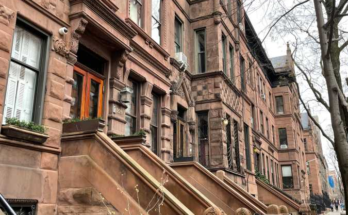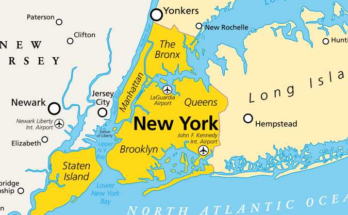
London, the capital city of England, boasts a rich and dynamic history spanning over two millennia. Founded by the Romans around 47 CE as Londinium, the city’s strategic location on the River Thames made it an important commercial hub. The Romans constructed roads, bridges, and a defensive wall, remnants of which can still be seen today. Londinium flourished as a center of trade and governance until the decline of Roman rule in the 5th century.
Following the Roman withdrawal, London faced invasions by Saxons, Vikings, and Danes. By the 9th century, Alfred the Great fortified the city, laying the groundwork for its resurgence. During the Norman Conquest in 1066, London solidified its status as England’s capital, with William the Conqueror building the Tower of London, which became a symbol of royal power.
The medieval period saw London grow into a bustling center of commerce, aided by the establishment of the Guildhall in the 12th century and the foundation of key trade guilds. Despite its prosperity, the city endured challenges such as the Black Death in 1348 and the Great Fire of London in 1666, which destroyed much of the city. However, the fire led to a massive rebuilding effort, with Sir Christopher Wren designing iconic structures like St. Paul’s Cathedral.
During the 18th and 19th centuries, London became the heart of the British Empire. The Industrial Revolution transformed it into a global economic powerhouse, and its population soared. Iconic landmarks such as Buckingham Palace, Westminster Abbey, and Big Ben were either built or refurbished, reflecting the city’s growing influence.

In the 20th century, London faced significant upheaval during both World Wars. The Blitz of World War II inflicted heavy damage, but the city’s resilience became a symbol of national pride. Post-war reconstruction, combined with immigration from former colonies, transformed London into one of the most diverse cities in the world.
Today, London is a global financial, cultural, and political hub. It is home to iconic institutions like the Houses of Parliament and landmarks like the London Eye and Shard. Despite its ancient roots, the city continues to evolve, blending a rich historical legacy with modern innovation and diversity.


